Understanding Differences in the “Flations”
Over the past 3 years, the word “inflation” has dominated the headlines. In the current environment, there seems to be some confusion among investors and consumers regarding this term and what is happening. Therefore, we thought it would be a good idea to go over some of the key “flation” terms and clarify what each means and where we are today.
Inflation refers to the general rise in the prices of goods and services over time. While moderate inflation is a normal part of a growing economy, excessive inflation can be harmful, leading to higher costs of living, reduced savings, and economic instability.
Deflation is the decline in the general price levels of goods and services. It may sound beneficial initially, as lower prices can make goods more affordable. However, deflation often signals an economic downturn, as it can lead to reduced consumer spending. When people expect prices to fall further, they may also delay purchases, which in turn reduces demand and production.
Disinflation is a slowdown in the rate of inflation. It means that prices are still rising, but at a slower pace than before. Central banks typically aim for disinflation when inflation is too high and seek to bring it to a more stable level. For example, if inflation is at 5% and falls to 2%, the economy is experiencing disinflation.
You will note in the graph below that the US has been in a disinflationary environment since mid 2022.
Stagflation is a rare and troubling economic condition where high inflation occurs simultaneously with stagnant economic growth and high unemployment. Stagflation is particularly challenging because it contradicts the usual trade-off between inflation and unemployment, making it difficult to find effective solutions.
We highlighted that over the last couple of years we have been in a disinflationary environment – prices in aggregate are still going up but not as fast. Therefore, if you hear anyone say prices are getting lower this is generally not an accurate statement. The pain for many consumers continues to increase, but just not as fast as over the last few years. The jump in inflation in 2022 has never fully been offset.
Understanding these economic terms also underscores the interconnected nature of the global economy. For instance, inflation in one country can impact the cost of imports and exports, influencing trade balances and potentially causing ripple effects worldwide.
This also highlights the importance of international cooperation and robust monetary policies to ensure economic stability across borders.
At the end of the day, each of these economic conditions carries distinct implications for financial markets and investment outcomes, which can significantly influence your financial plan. At Beacon, we carefully account for “flation” and other naturally occurring economic trends when developing and reviewing your financial strategy. We believe that incorporating scenario planning into this process is an invaluable tool for helping you navigate an ever-changing economic landscape.

